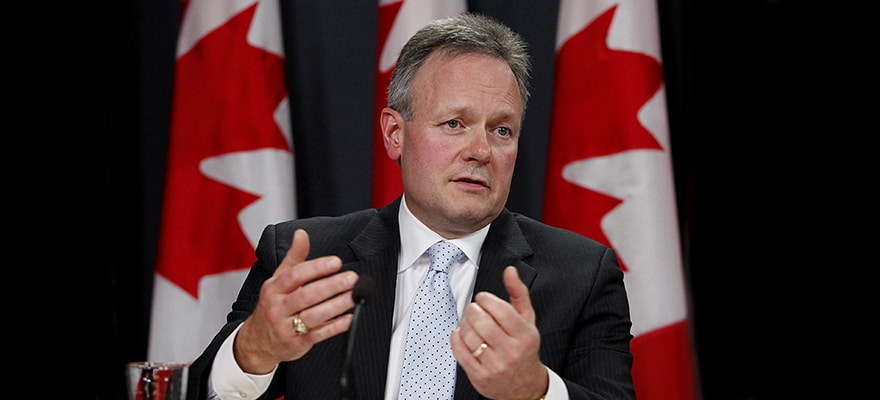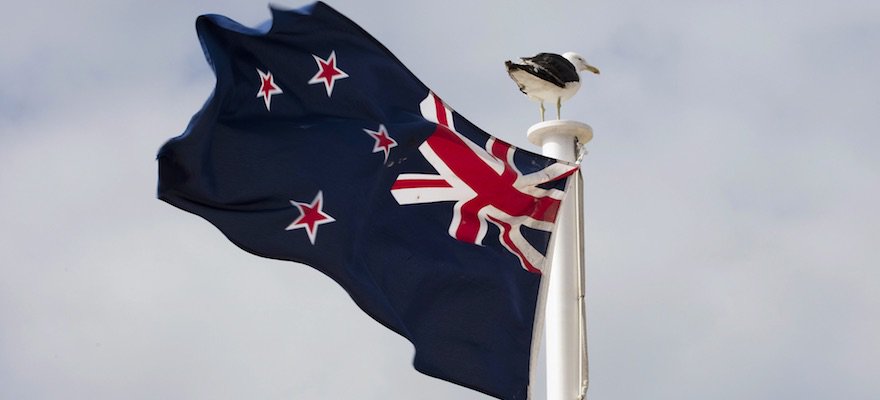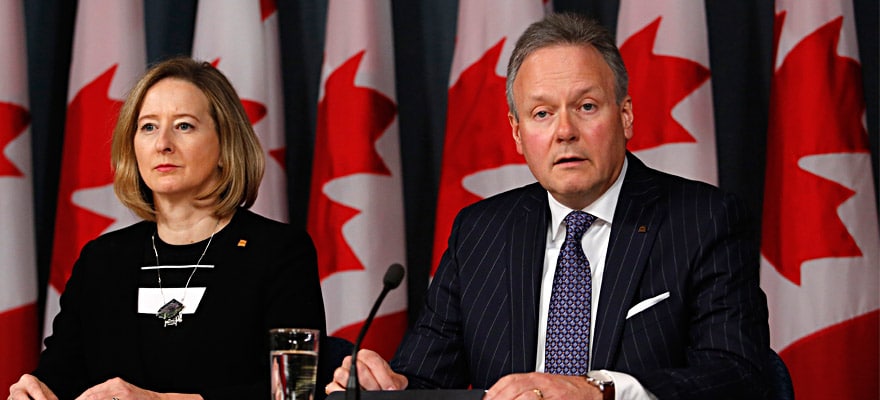Unlike most of the major central banks, the Bank of Canada does not currently employ a policy of forward guidance. That means deciphering the intentions of the bank, in terms of future interest rate decision, is more complicated. The best way to foresee Canadian monetary policy is to monitor the data closely and study the language of BOC officials, of which Governor Poloz’s is by far the most important.
In their most recent rate statement the BOC projected both total and core inflation to be close to 2% on a sustained basis by the end of 2016, with the economy expected to reach full capacity around that time. They also said risks to inflation are roughly balanced and that the current level of interest rates remains appropriate for the time being; they strike a neutral pose for now.
During prior communications Poloz remarked that the surprise rate cut in January was a pre-emptive move to avoid a further slowdown. If the economic indicators over the next few months show the Canadian economy is slowing further, it may pressure the central bank to cut rates again. Currently, most analysts do expect another rate cut before the end of 2015.
In a speech on February 24, Poloz said: "The downside risk insurance from the interest rate cut buys us some time to see how the economy actually responds." This implies that the bank is in a wait-and-see mode and will be evaluating any need for further cuts based on growth, employment, inflation and the oil price. Due to the absence of any formal forward guidance from the BOC, an interest rate cut can happen at any meeting going forward. The next rate decision is May 27.
Bank of America Merrill Lynch cites the future rate hike in the US as a reason for the BOC to cut again this year. Due to their close trade relations, a tightening of policy in the US translates into an implied tightening in Canada which may force a decrease in Canada's overnight rate to compensate. The other side of the same coin also leans towards easing, because a US slowdown – and consequent delay of rate hikes – will translate into less demand for Canadian exports, and therefore lower growth.
Furthermore, the Canadian dollar's recent appreciation against the greenback will curb demand for Canadian exports. USD/CAD is now lower than it was on January 21 when the BOC unexpectedly cut rates. This relative CAD strength will dampen growth and provide more evidence for another cut. However, this CAD appreciation has come as a result of a recovery in oil prices and these two factors offset each other to a degree.
The next series of growth, employment and inflation data needs to be watched carefully, as misses will increase the likelihood of a cut in the medium term. The next CPI release is Friday, May 22. Additionally, global oil supply over the coming months will dictate the price of WTI and therefore influence Canadian growth prospects.
Governor Poloz will be making an address on Tuesday, May 19, which should be monitored carefully for any references to future monetary policy or economic forecasts. These speeches are often the best way for the market to gain insight into the chances of future rate cuts from the BOC.

















